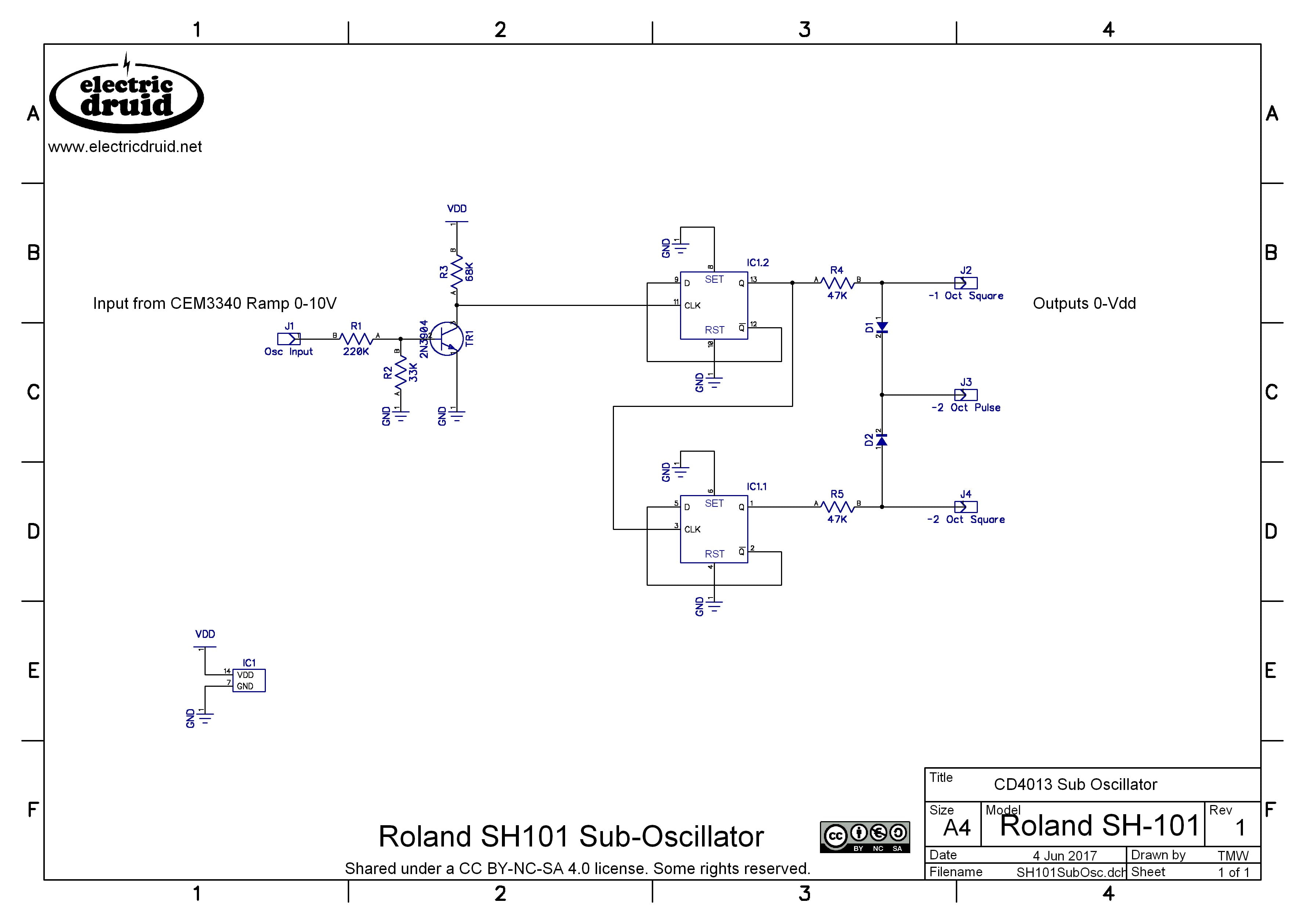ruffrecords
Well-known member
I need to use an (illuminated) momentary action push button is an application that requires a toggling action. I have found lots of circuits for doing this including a couple of CMOS gates, a handful of transistors, an NE555 or an 8 pin microcontroller. My only requirements are that the circuit can operate from a 12V supply and operate a signal relay. What have you guys found to be the most reliable approach in an audio application?
Cheers
Ian
Cheers
Ian




























![Electronics Soldering Iron Kit, [Upgraded] Soldering Iron 110V 90W LCD Digital Portable Soldering Kit 180-480℃(356-896℉), Welding Tool with ON/OFF Switch, Auto-sleep, Thermostatic Design](https://m.media-amazon.com/images/I/41gRDnlyfJS._SL500_.jpg)






